With restrained capacities and budgets, many times volunteer engagement stands as a cornerstone of n...
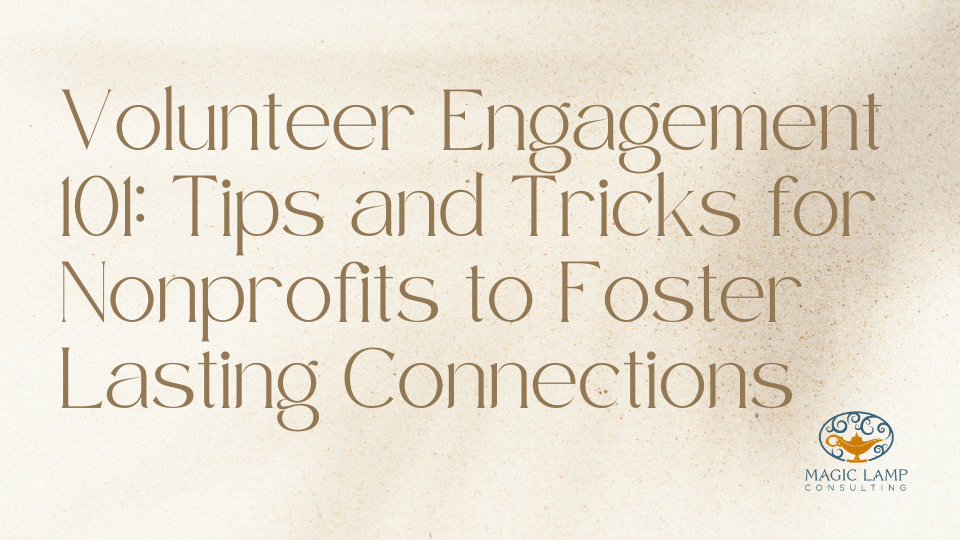
Learn how you can make the magic happen too!

With restrained capacities and budgets, many times volunteer engagement stands as a cornerstone of n...
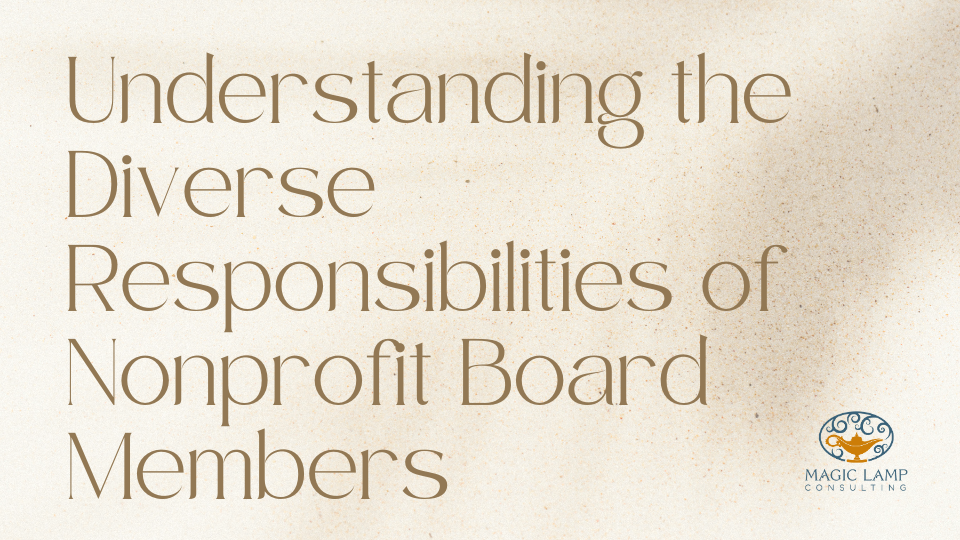
Nonprofit organizations play a crucial role in society, addressing a wide range of issues from educa...
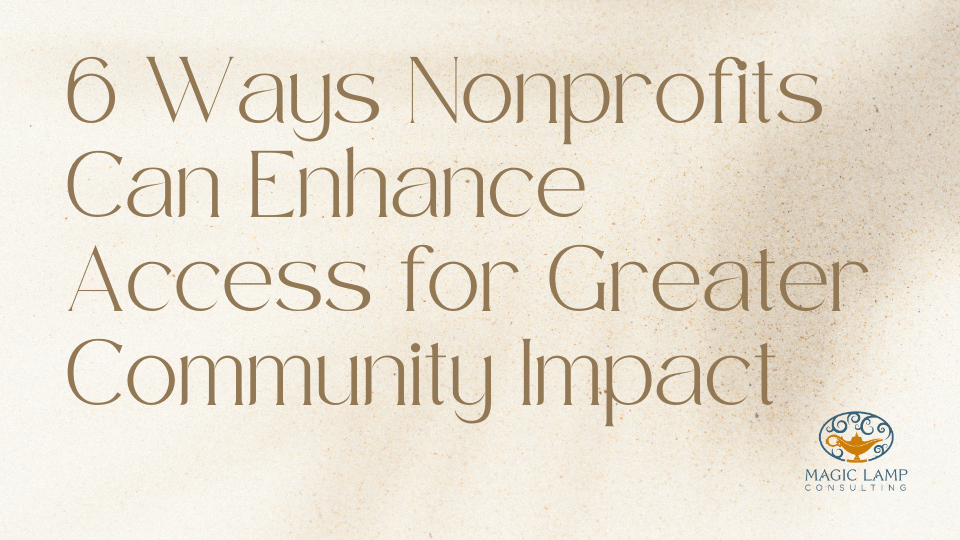
Nonprofits play a unique role, knitting the fabric of support, advocacy, and education across commun...
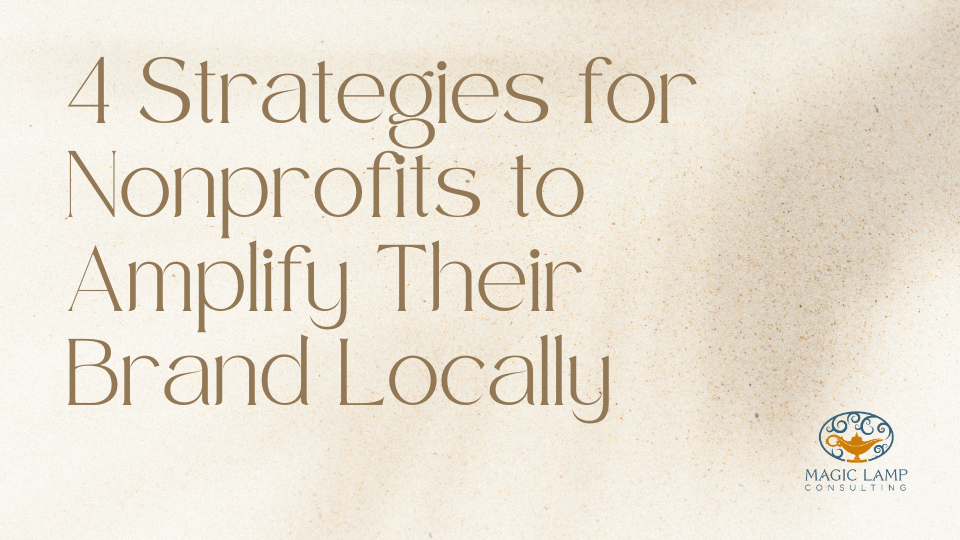
Amplifying your nonprofit’s brand locally is not just about gaining visibility; it's about fostering...
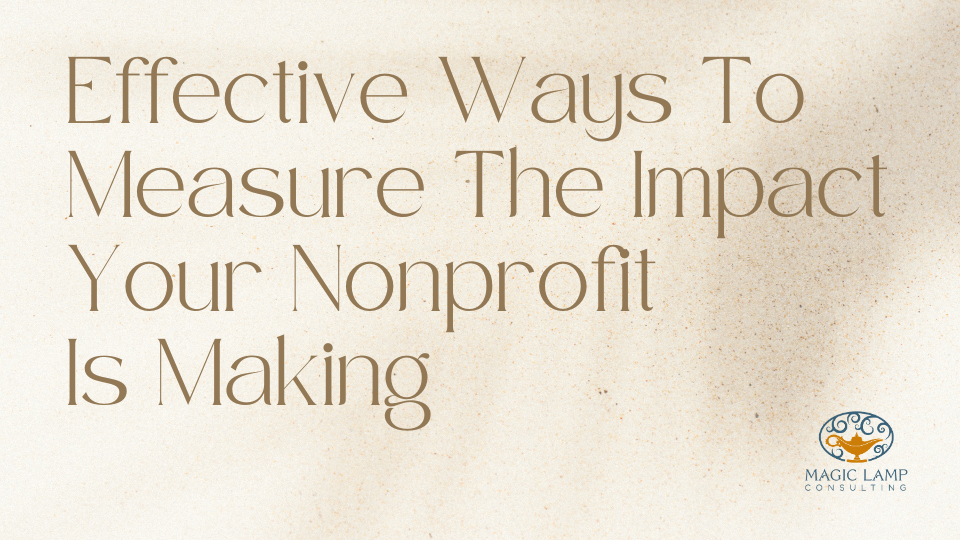
One of the most important aspects of any nonprofit organization is its ability to measure its impact...
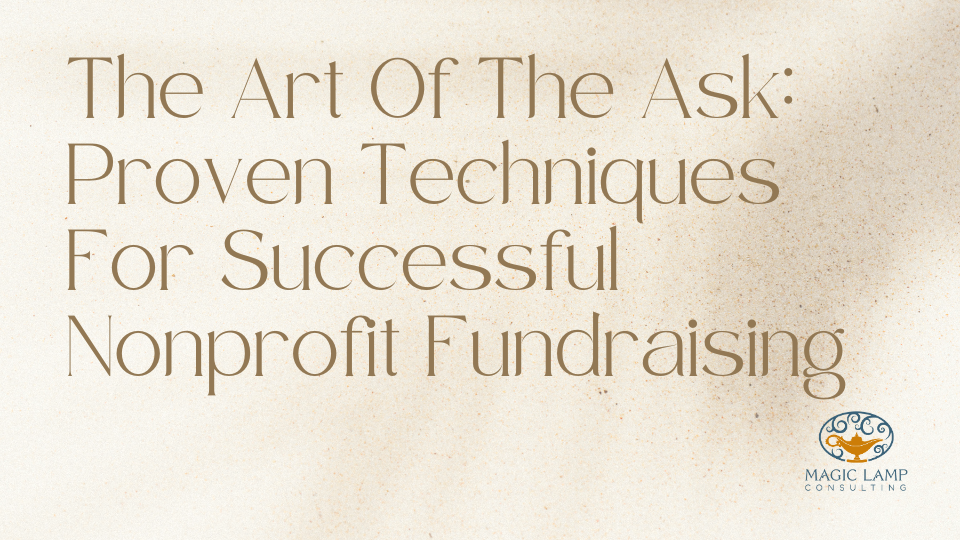
At Magic Lamp Consulting, we pride ourselves in the work we do with nonprofits as consultants and gr...

As an Executive Director of a nonprofit organization, securing funding is a critical aspect of your ...
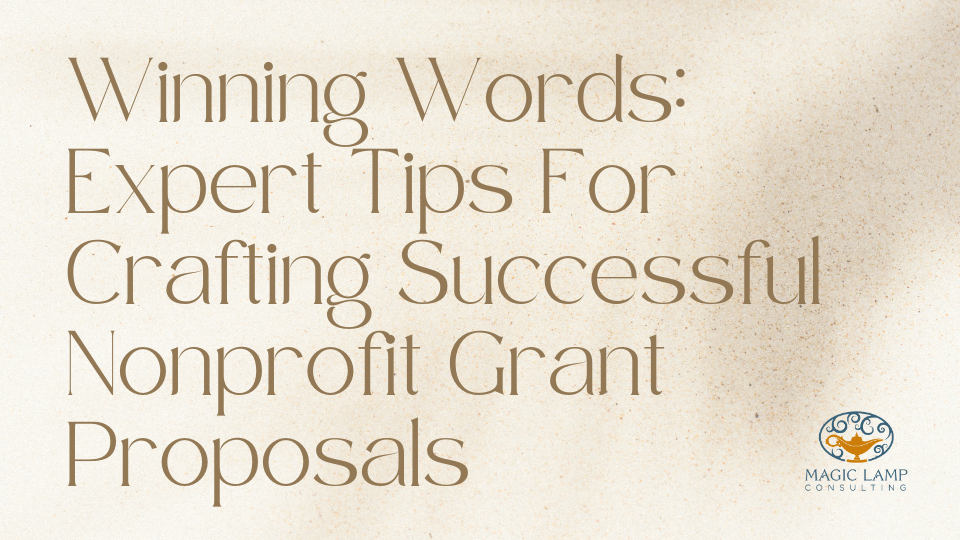
Nonprofits play a pivotal role in addressing societal challenges and making a positive impact in com...
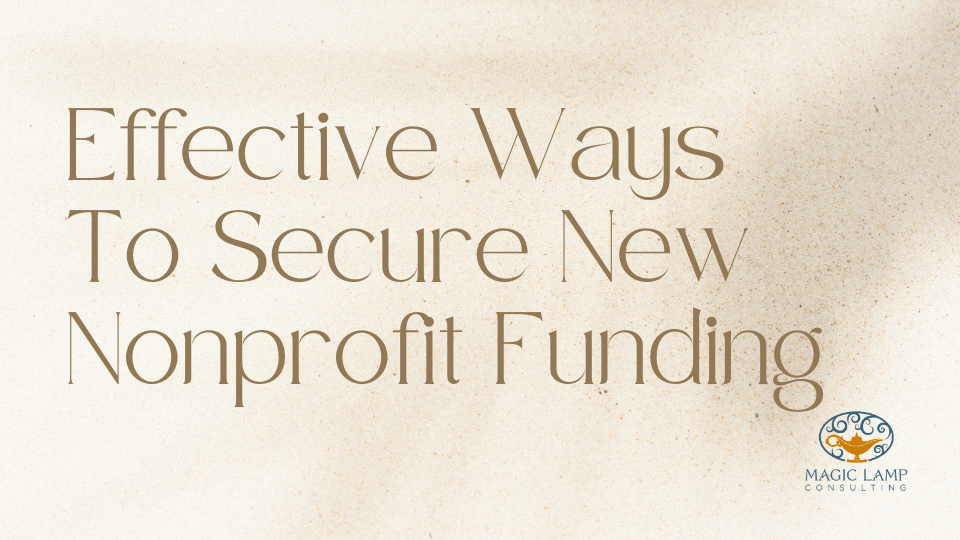
Securing new ways of funding is especially important for nonprofits as it ensures financial stabilit...
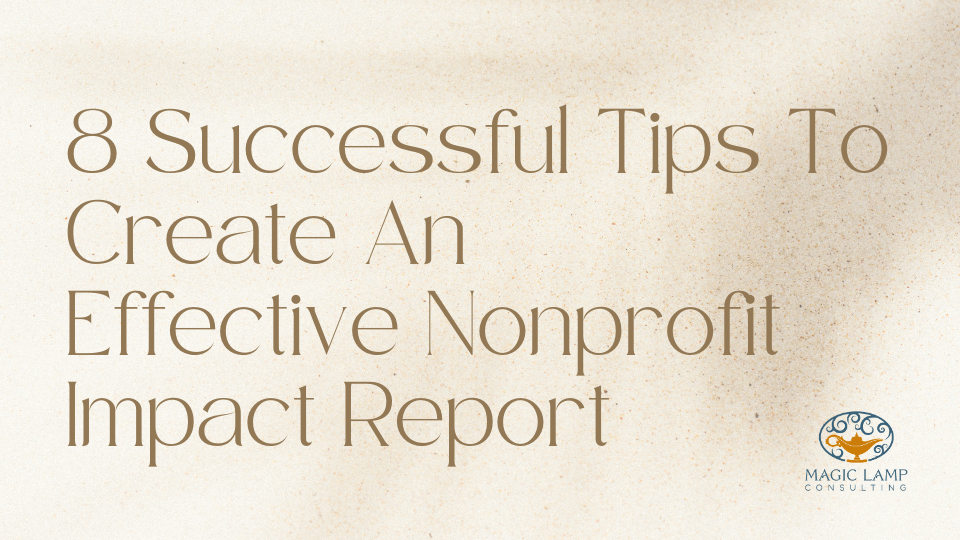
Nonprofit organizations are vital in addressing societal issues and fostering positive change. One c...